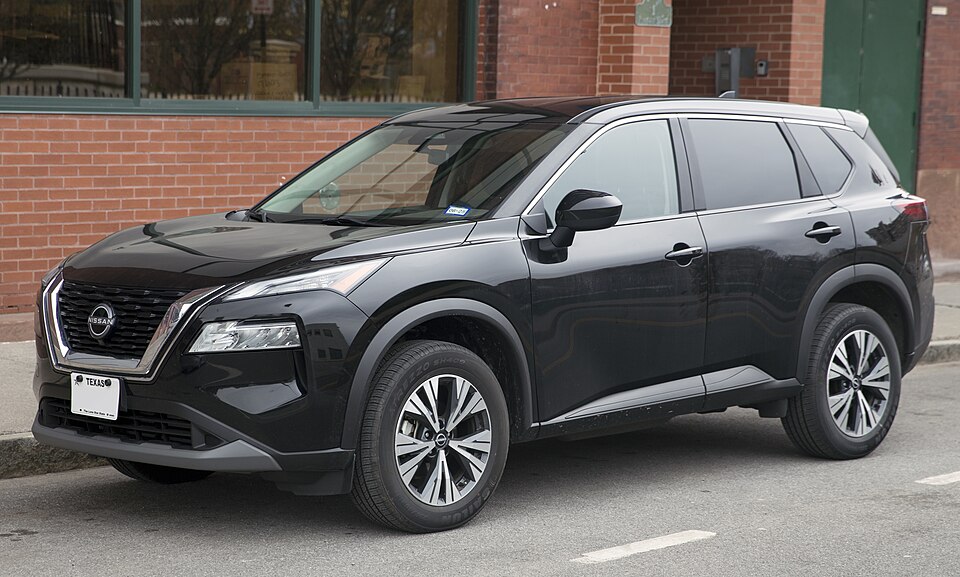In recent years, automotive safety technology has made significant leaps, with automatic emergency braking (AEB) emerging as a cornerstone of modern vehicle safety systems.
Designed to detect potential frontal collisions and apply the brakes if the driver fails to respond in time, AEB systems have become increasingly common across manufacturers.
Their presence has helped reduce accidents and injury severity, prompting numerous insurance and safety organizations to advocate for their inclusion in all new vehicles.
However, many drivers may be unaware that the effectiveness of these systems is often limited to forward motion—specifically when the car is in the “Drive” gear.
Despite the impressive advancements in sensor technology, camera systems, and radar integration, a surprising number of vehicles still do not include automatic braking capabilities when the car is in reverse.
This limitation has safety implications, particularly in environments like parking lots, driveways, or tight residential areas, where low-speed reversing incidents are common.
These accidents may involve other vehicles, stationary objects, or even pedestrians, including children and animals.
The reasons for this limitation vary. Some manufacturers prioritize forward collision prevention because it statistically involves higher speeds and greater risks.
Others face technical or cost challenges in implementing the same level of sensor coverage and software sophistication for the rear of the vehicle. In some cases, reverse braking is available, but only as part of expensive optional packages or on higher trims.
This article explores eight notable cars where automatic emergency braking functions only while moving forward and not in reverse.
8 Cars Where Auto Braking Only Works in Drive, Not Reverse
Each section will examine the vehicle’s AEB system, its strengths and shortcomings, and how the lack of reverse braking might affect everyday usability.
Whether you’re a prospective buyer or a safety-conscious driver, understanding this limitation could influence your vehicle choice—or at least your awareness when backing up.
Also Read: 5 Cars With Virtually Maintenance-Free Engines and 5 Constant Money Pits
1. Toyota RAV4
The Toyota RAV4 is one of the most popular compact SUVs in North America, praised for its reliability, practicality, and standard safety features.
Toyota’s suite of driver-assist technologies, known as Toyota Safety Sense (TSS), includes automatic emergency braking as a core feature.
Specifically, the Pre-Collision System with Pedestrian Detection (PCS w/PD) offers forward-facing collision detection and automatic braking when the car is in “Drive.” However, this system does not function when the vehicle is in reverse.
Despite the inclusion of a rearview camera and optional parking sensors, the RAV4 lacks automatic reverse braking in most trims. This may come as a surprise to many buyers who assume the presence of AEB equates to full 360-degree protection.
In practice, the reverse gear is not protected by automatic braking intervention, leaving drivers to rely solely on visual cues and parking beeps to avoid obstacles or pedestrians when backing up.
Toyota does offer an optional feature called Rear Cross-Traffic Braking (RCTB), but it is only available on higher trims or with added technology packages.
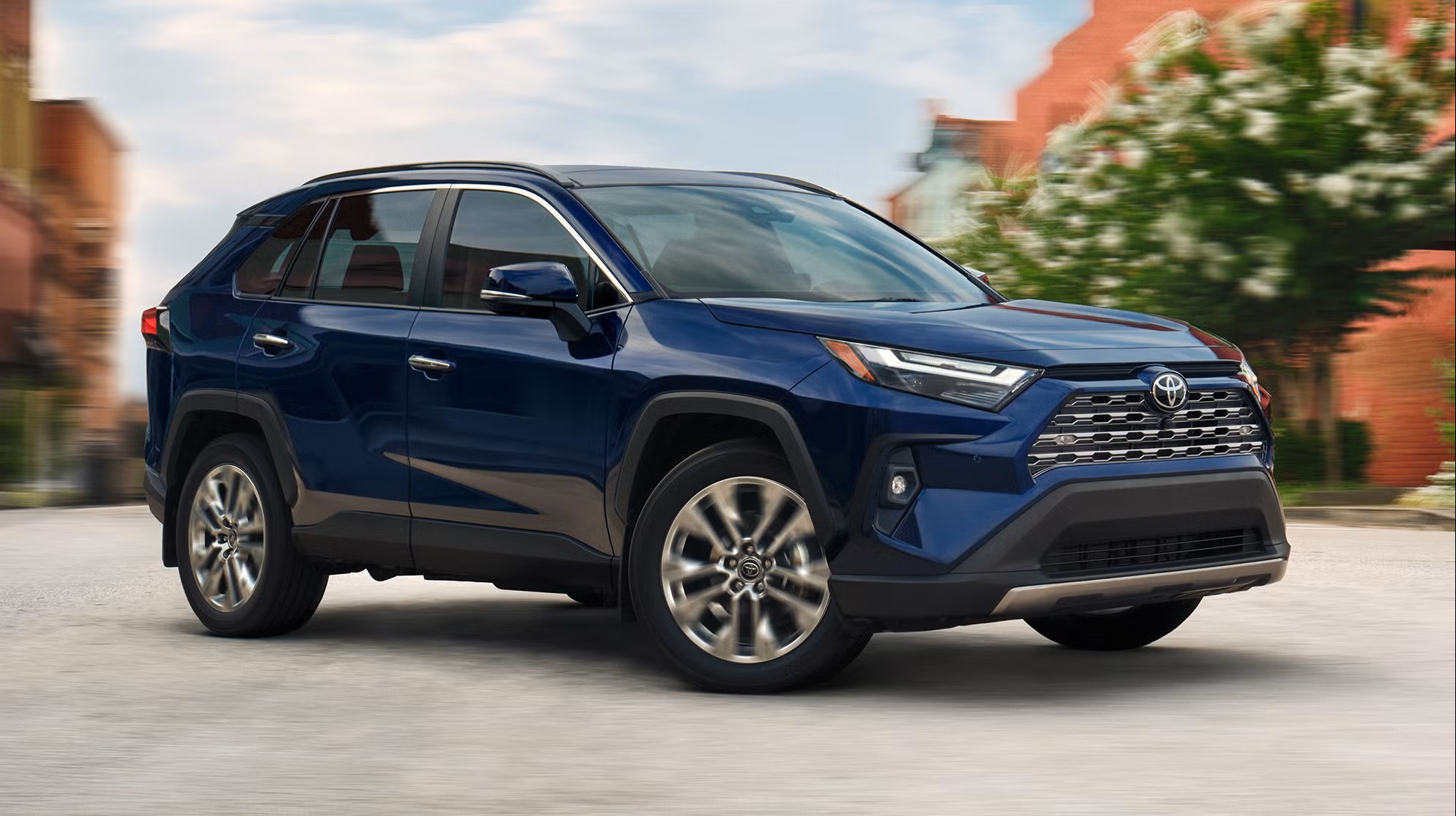
Even with RCTB, the system is primarily designed to detect cross traffic and will only engage under very specific circumstances—such as vehicles approaching from the side while reversing. It is not a true reverse automatic braking system that will detect all rearward obstacles and brake accordingly.
The practical implications are noteworthy. Parking in tight city lots, reversing out of a driveway near a sidewalk, or maneuvering around children playing behind the vehicle can all present risks if the driver is inattentive. With no AEB support in reverse, the margin for error increases.
In summary, while the Toyota RAV4 boasts one of the more comprehensive forward safety systems in its class, its lack of reverse braking coverage—unless specifically optioned—demonstrates a critical limitation that drivers should be aware of when assessing overall vehicle safety.
2. Honda CR-V
The Honda CR-V is a perennial favorite in the compact SUV segment, known for its comfort, fuel efficiency, and reputation for longevity.
With the implementation of Honda Sensing—a comprehensive suite of safety technologies—automatic emergency braking has become standard across all recent CR-V trims.
Honda refers to its AEB feature as the Collision Mitigation Braking System (CMBS), which functions when the vehicle is in “Drive.” Like many vehicles in its class, however, the CR-V does not offer full reverse automatic braking.
CMBS uses a forward-facing camera and radar sensor to detect potential collisions with vehicles or pedestrians ahead, automatically applying the brakes if a crash appears imminent.
While it performs admirably in forward motion, its effectiveness ends the moment the gear selector is shifted into reverse. At that point, the driver is responsible for all obstacle detection and response.
The CR-V does offer some rear visibility aids, including a multi-angle rearview camera as standard equipment, and higher trims add rear parking sensors.
There is also a Cross Traffic Monitor system available, which warns the driver of approaching vehicles when backing out of a parking space. However, this system only issues audible and visual alerts—it will not engage the brakes if an obstacle is detected.
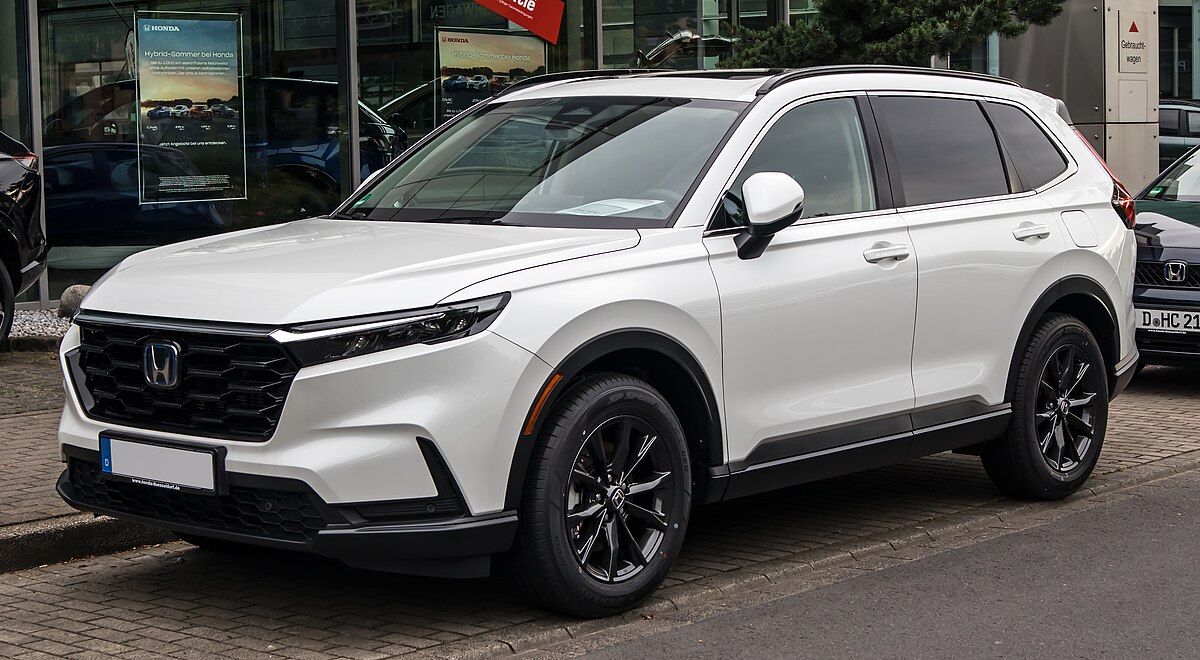
The absence of reverse automatic braking can be a concern in scenarios like reversing out of driveways, especially in residential areas where children, pets, or cyclists may unexpectedly enter the path of the vehicle.
Given that low-speed reverse accidents are among the most common types of collisions, many CR-V owners may assume they have full protection, only to discover otherwise after a close call.
Honda’s focus on forward collision safety is clear and commendable, but the lack of reverse AEB shows the gap between perception and reality in driver-assistance technology.
While the CR-V remains a top choice for its class, prospective buyers should not overestimate its safety coverage when maneuvering in reverse.
3. Subaru Forester
Subaru has long been associated with safety, and the Forester is one of the brand’s best-selling models, offering a blend of practicality, comfort, and off-road capability.
The Subaru EyeSight system—standard on most Forester trims—includes forward-facing automatic emergency braking (Pre-Collision Braking) that has earned high marks from IIHS and NHTSA safety tests. Yet even this impressively equipped SUV does not provide automatic braking in reverse under most configurations.
The Forester’s Pre-Collision Braking system uses dual cameras mounted on the windshield to monitor the road ahead. It is capable of detecting vehicles, cyclists, and pedestrians, and will apply the brakes if a collision is imminent.
But this technology is designed solely for forward motion. When the vehicle is in reverse, the EyeSight system disengages from active braking duty, leaving the rear protected only by passive alerts.
To its credit, Subaru does offer Reverse Automatic Braking (RAB) on the Forester—but only on select trims, such as the Limited and Touring.
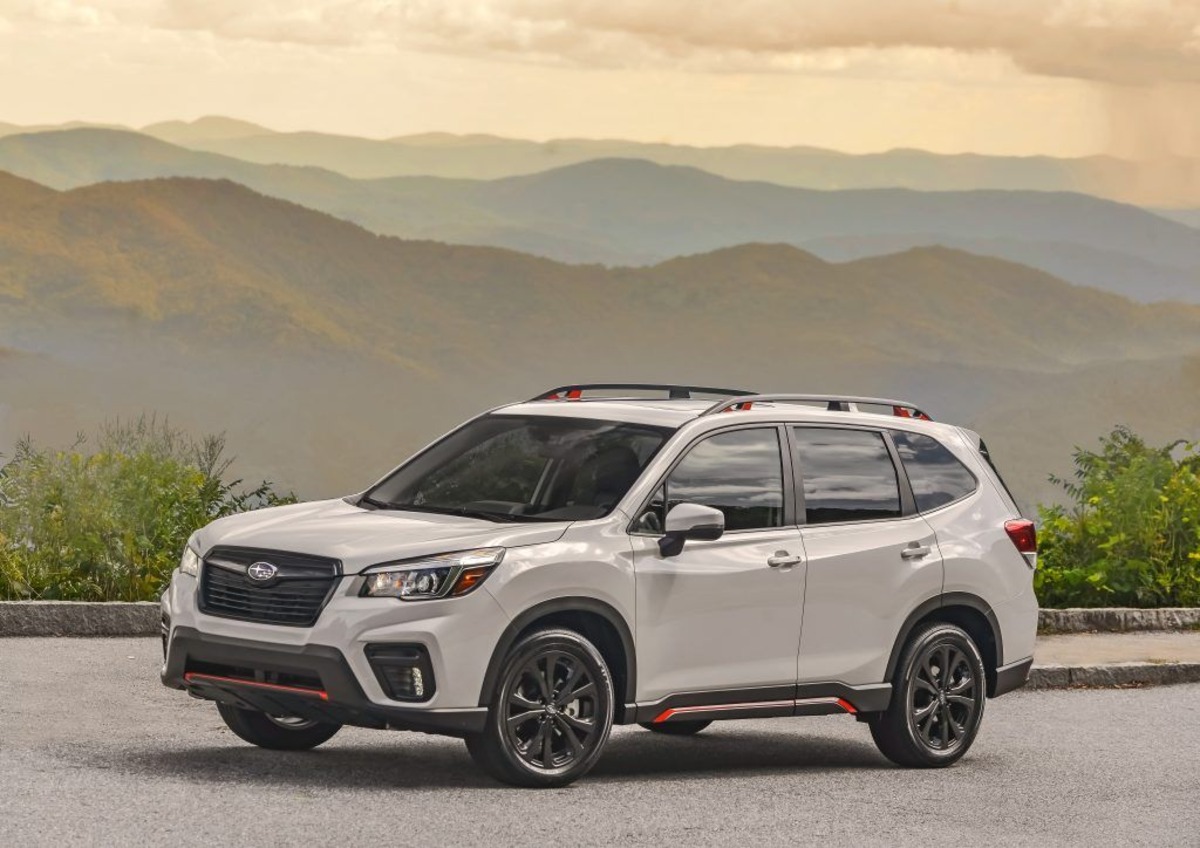
Even then, the feature is often bundled with other high-end tech or luxury packages, making it inaccessible to budget-conscious buyers. RAB can detect large obstacles and automatically stop the vehicle when reversing at low speeds.
However, it does not provide the same comprehensive coverage as forward-facing systems, and its performance may vary depending on weather, lighting, and object size.
For the majority of Forester drivers who opt for base or mid-level trims, the vehicle will provide audible alerts and visual cues through the rearview camera and available sensors but will not intervene with braking.
This introduces a vulnerability during reverse maneuvers—particularly in congested parking lots, narrow driveways, or areas where pedestrians might cross unexpectedly.
Despite being a safety leader in many areas, Subaru’s limited availability of reverse automatic braking demonstrates that even top-tier safety systems have blind spots—literally and figuratively.
Drivers may assume comprehensive coverage due to the EyeSight branding, but that assumption can lead to overconfidence. It’s essential to understand what your vehicle can and can’t do, especially when it comes to backing up safely.
4. Mazda CX-5
The Mazda CX-5 is a stylish and well-regarded compact SUV that blends premium design with engaging driving dynamics. It also comes equipped with i-Activsense, Mazda’s umbrella name for its suite of driver assistance technologies.
Among these features is Smart Brake Support (SBS), Mazda’s implementation of forward automatic emergency braking.
While this system functions well in preventing or mitigating frontal collisions, it offers no braking intervention when the car is in reverse—at least in most configurations.
Smart Brake Support uses a combination of radar and forward-facing cameras to detect vehicles, pedestrians, and other hazards in the direction of travel. The system automatically applies the brakes if a collision becomes imminent and the driver fails to respond.
However, SBS is forward-facing only. When the driver shifts into reverse, that safety net disappears unless additional options are present.
Mazda does offer Rear Automatic Emergency Braking, but only on higher trims or when equipped with optional packages.
This feature, called Smart City Brake Support—Reverse (SCBS-R), works at low speeds to detect large obstacles directly behind the vehicle. If a collision is likely, the system can apply the brakes.
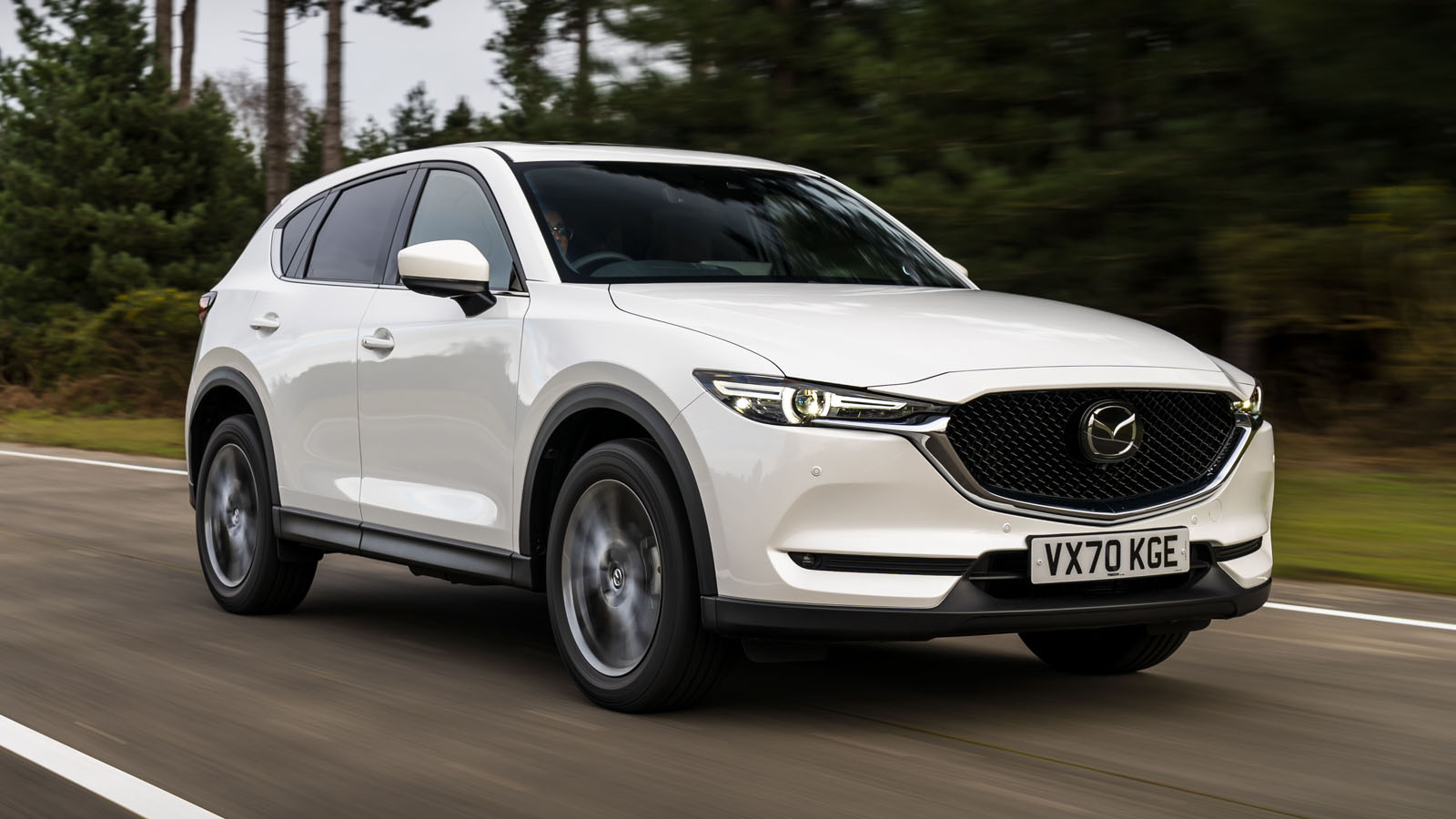
However, it is limited in availability and range, and it does not detect smaller objects such as pets or children with high reliability.
In most base and mid-level CX-5 trims, the vehicle includes standard rearview cameras and, in some cases, parking sensors or a 360-degree monitor. These tools provide helpful guidance but require full driver attention and do not initiate any automatic braking action.
This creates a gap in safety when performing routine reversing maneuvers—especially in busy urban areas or when backing out of tight spaces with limited visibility.
Despite its high safety ratings and upscale features, the Mazda CX-5’s lack of standard reverse braking is a drawback for safety-conscious buyers.
The optional nature of SCBS-R limits its reach to a relatively small group of buyers, many of whom may not even realize the feature is excluded from lower trims.
For a vehicle otherwise packed with smart tech and driver-centric features, this shortfall in rearward safety coverage is worth serious consideration.
5. Nissan Rogue
The Nissan Rogue is one of the best-selling crossovers in the United States and is often praised for its spacious interior, fuel efficiency, and value.
Nissan’s Safety Shield 360 comes standard on most Rogue trims, offering a variety of driver assistance features such as Lane Departure Warning, Blind Spot Monitoring, and Automatic Emergency Braking (AEB) with Pedestrian Detection.
However, as with many vehicles in this category, the AEB system is only active when the vehicle is in Drive. Reverse maneuvers do not benefit from this safety function in most versions of the Rogue.
The Rogue’s forward AEB uses radar and camera sensors to detect obstacles ahead, alert the driver, and apply brakes if necessary. It is particularly effective at lower speeds and in stop-and-go traffic, where the likelihood of front-end collisions increases.
The system has helped the Rogue earn high safety scores in crash avoidance and driver assistance categories.
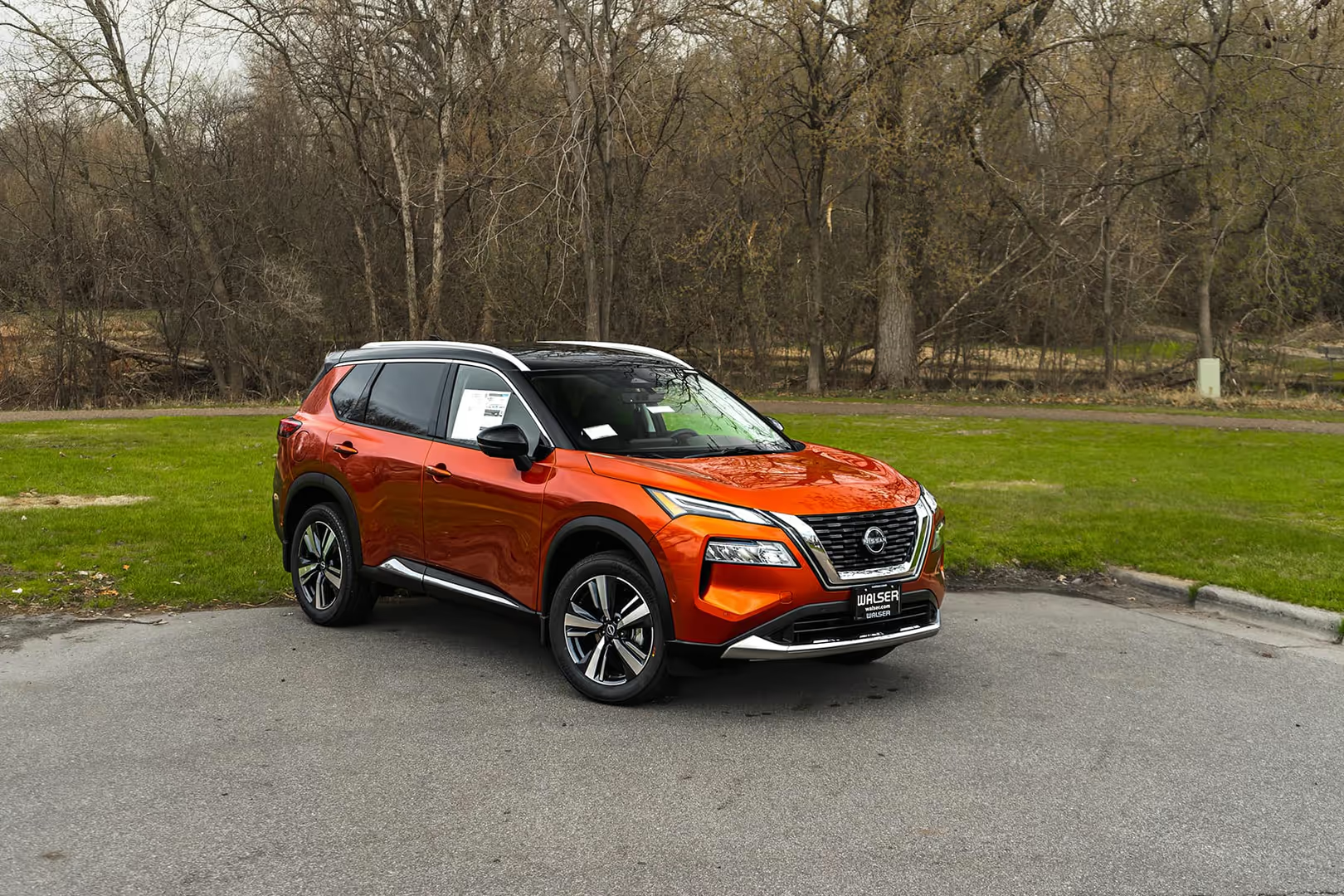
Nissan does offer Rear Automatic Braking (RAB) as part of Safety Shield 360, which gives the Rogue an edge over some competitors. However, RAB is not consistently available across all trims and tends to be limited in its operational range.
It is designed to detect large stationary objects such as walls, poles, or other vehicles when the driver is backing up. It will not typically recognize moving pedestrians or smaller obstacles, nor does it engage in more nuanced rearward braking scenarios.
For base and mid-range trims, RAB may be unavailable altogether or offered only as part of additional safety or convenience packages.
Many drivers may not realize that while they are protected from forward collisions with AEB, they are significantly more vulnerable when backing up—despite the presence of audible sensors or rearview cameras.
The takeaway for Nissan Rogue drivers is a bit mixed. The inclusion of RAB—even partially—is commendable, and it places the Rogue slightly ahead of competitors who offer no reverse braking at all.
However, the inconsistency of availability and the system’s limited detection scope mean that the feature is far from foolproof.
Buyers seeking comprehensive safety in all directions should take a close look at which trim levels include full RAB coverage—or consider it a necessary upgrade to complete their safety suite.
6. Hyundai Tucson
The Hyundai Tucson stands out in the compact SUV market for its futuristic design, tech-rich interior, and generous standard safety features.
Hyundai’s SmartSense safety suite includes Forward Collision-Avoidance Assist (FCA) with Pedestrian Detection, a highly effective forward automatic emergency braking system.
But, like many other vehicles in its class, the Tucson’s standard AEB coverage ends when the vehicle is placed in reverse.
FCA uses a front-mounted radar and camera system to scan the road ahead, warning the driver of potential collisions and applying brakes if necessary.
It’s designed to work in urban environments, highways, and even during turning scenarios, depending on the specific variant of the system.
Yet, when reversing, the Tucson offers no built-in automatic braking in its lower trims. Drivers must instead rely on visual and audible cues, such as a standard rearview camera and optional parking sensors.
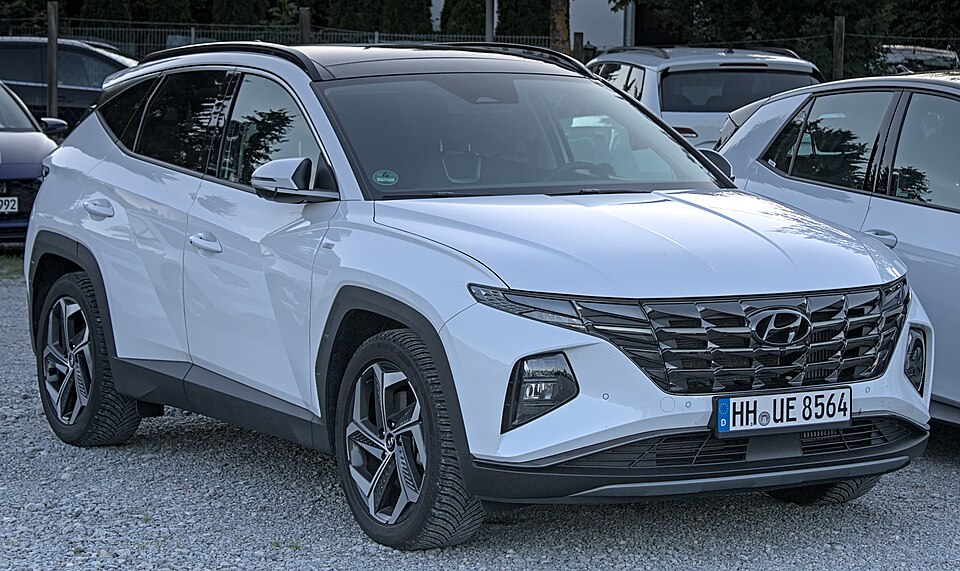
Higher trims of the Tucson do offer a feature called Reverse Parking Collision-Avoidance Assist (PCA-R). This system provides automatic braking while reversing if an obstacle is detected.
However, PCA-R is only available on select trims like the Limited and above or as part of technology packages. Even then, its operation is limited—it only works at very low speeds and focuses primarily on fixed objects, not moving pedestrians or cyclists.
The challenge here is that many buyers assume that if a vehicle is equipped with comprehensive forward AEB, that capability extends to all directions. In the Tucson’s case, it does not—unless you pay extra.
The result is a situation where the driver may become overly reliant on safety features that aren’t actually active when reversing, leading to avoidable incidents in parking lots, driveways, or crowded residential streets.
Despite its high-value proposition and tech-savvy reputation, the Hyundai Tucson does not include reverse automatic braking as standard across the lineup. This limits the overall effectiveness of its safety system.
While forward AEB continues to evolve rapidly and receive regulatory focus, reverse braking technology remains an overlooked frontier—especially for budget-conscious buyers who stick with lower trims.
If Hyundai were to expand the availability of PCA-R, the Tucson would take a significant step toward offering comprehensive protection in all directions.
7. Ford Escape
The Ford Escape is a longstanding player in the compact SUV market, appreciated for its car-like handling, hybrid options, and practical interior layout.
Ford equips the Escape with Co-Pilot360, a suite of standard driver-assist features that includes Automatic Emergency Braking under the name Pre-Collision Assist with Automatic Emergency Braking.
The system is designed to function while the vehicle is in forward motion, actively scanning the road ahead for vehicles or pedestrians. Unfortunately, reverse automatic braking is not standard—and in many cases, not available at all.
The Escape’s Pre-Collision Assist relies on a combination of camera and radar sensors mounted at the front of the vehicle. When a potential forward collision is detected, the system alerts the driver and applies the brakes if the driver does not react in time.
It works effectively at low to moderate speeds and is a key contributor to the Escape’s strong safety ratings from agencies like the IIHS and NHTSA.
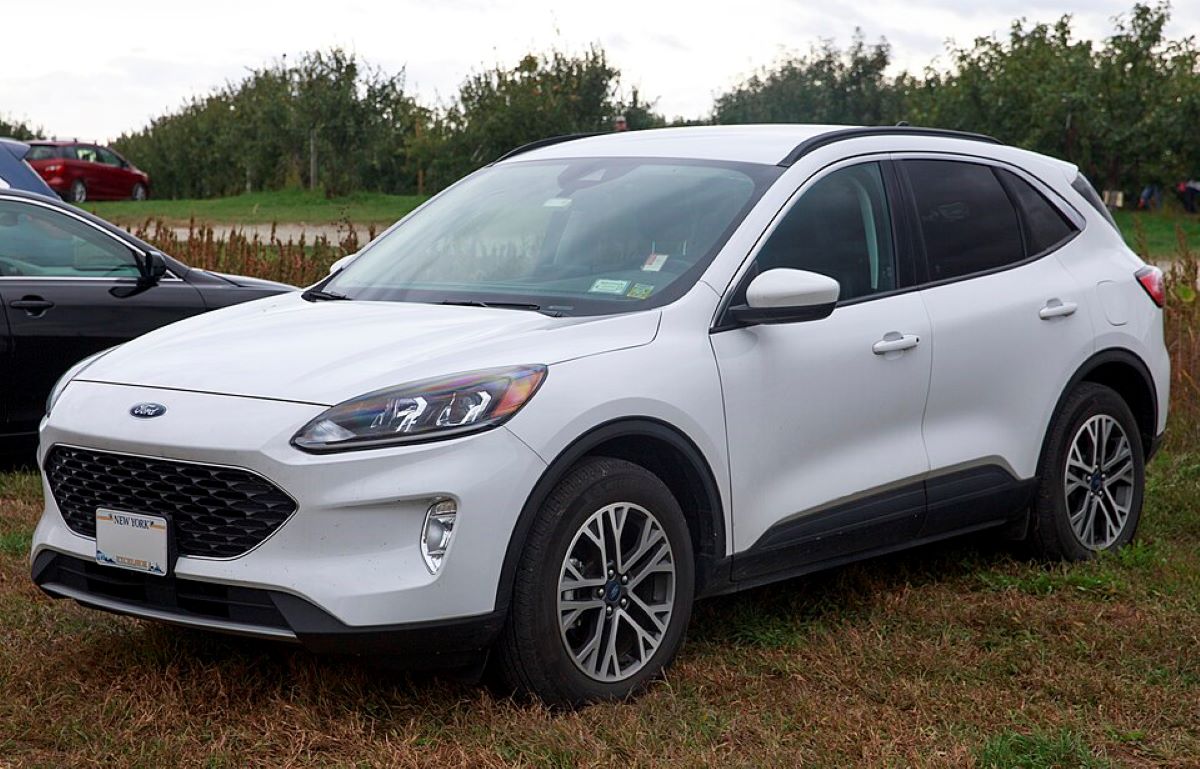
However, this level of protection does not extend to reverse maneuvers. Most Ford Escape models, particularly base and mid-level trims, come only with a backup camera and optional rear parking sensors.
There is no reverse automatic braking system included, even as an upgrade on some models. Ford has been slower than some competitors in integrating full rear AEB coverage into its compact SUVs, although some of its larger vehicles (like the Explorer or F-150) offer more comprehensive systems.
This leaves Escape drivers with a significant blind spot—literally and figuratively—when backing up in tight or high-risk environments.
Without rear AEB, a lapse in attention or a hidden object can result in minor collisions or, worse, pedestrian accidents. In suburban and urban scenarios, this omission becomes especially critical.
Ford does offer Cross-Traffic Alert with braking on higher trims, but this is not a substitute for full reverse AEB. It focuses on vehicles approaching from the sides rather than directly behind, and the braking response is more limited and inconsistent.
Ultimately, the Escape remains a popular and well-rounded vehicle, but the lack of standard or widely available reverse automatic braking places it a step behind safety leaders in the segment.
Buyers seeking all-around collision avoidance should be aware of this gap and consider how it might impact their day-to-day driving confidence.
8. Volkswagen Tiguan
The Volkswagen Tiguan occupies a unique niche in the compact SUV class, offering European styling, a third-row option, and a refined driving experience.
It also includes a suite of driver assistance features under the IQ.DRIVE branding, which provides several semi-autonomous driving aids including Lane Assist, Adaptive Cruise Control, and Forward Collision Warning with Automatic Emergency Braking.
But when it comes to reverse safety technology, the Tiguan falls short—especially on lower trims—lacking full reverse automatic braking as a standard or even widely available feature.
Forward Collision Warning with Autonomous Emergency Braking (Front Assist) uses radar and camera sensors to monitor traffic ahead and initiate braking when necessary. The system is responsive, smooth, and capable of detecting pedestrians and other vehicles.
It contributes to the Tiguan’s strong safety scores and is often cited as one of its more compelling value points. However, this forward-focused tech does not extend to reversing scenarios in most models.
The Tiguan comes standard with a rearview camera and may include rear parking sensors and a Cross Traffic Alert system depending on the trim. But these features are limited to issuing warnings—they do not take control to prevent a collision.
Volkswagen does not offer full reverse automatic braking in most North American versions of the Tiguan, although some European variants have more extensive rearward safety aids.
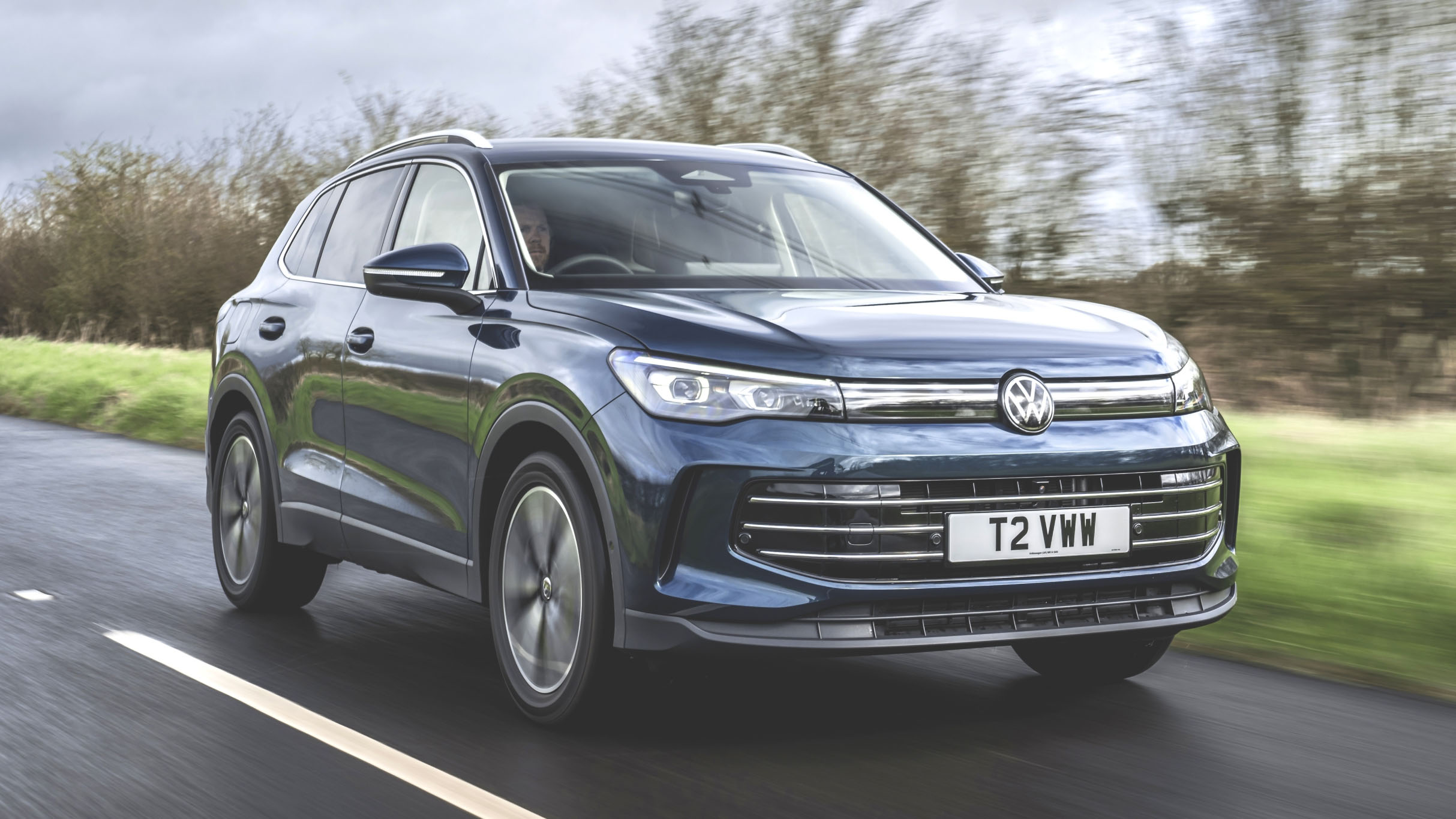
The omission is particularly striking given the Tiguan’s otherwise comprehensive safety and tech package. Families who rely on the Tiguan’s practicality—including its optional third-row seating—may assume their vehicle is well-equipped for every scenario.
But without rear AEB, there’s a vulnerability during low-speed reverse maneuvers, such as pulling out of a driveway or navigating a crowded parking lot.
To get the most out of the Tiguan’s safety capabilities, buyers must climb to higher trim levels, where additional sensor coverage and active warnings are included. But even at those levels, braking in reverse remains mostly under the driver’s control.
It’s a reminder that even premium or well-rounded vehicles may come with unexpected blind spots in their safety arsenal.
Automatic emergency braking has emerged as one of the most transformative safety technologies of the past decade. Its ability to prevent or lessen the impact of frontal collisions has saved countless lives and prevented serious injuries.
As regulators and automakers alike move toward making AEB standard across most new vehicles, the promise of a safer driving experience becomes more attainable.
However, as this article has shown, there remains a critical gap in protection—one that occurs when the car is in reverse.
Across the eight vehicles examined—Toyota RAV4, Honda CR-V, Subaru Forester, Mazda CX-5, Nissan Rogue, Hyundai Tucson, Ford Escape, and Volkswagen Tiguan—a common theme emerges.
While all of these models include reliable and often sophisticated forward-facing AEB systems, reverse automatic braking is inconsistently implemented, often limited to higher trims or omitted entirely.
This inconsistency creates a false sense of security. Drivers may assume that because their car can brake automatically when moving forward, it will do the same when reversing—a potentially dangerous misconception.
The absence of reverse AEB is especially problematic given how and where reverse accidents tend to occur: residential driveways, parking lots, schools, and crowded urban areas.
These are places where visibility is often limited, reaction times are short, and pedestrians—including children and elderly individuals—may be present.
While rearview cameras and parking sensors are helpful, they depend entirely on driver awareness and response time. Reverse AEB could serve as a critical last line of defense in moments of distraction or poor visibility.
There are understandable technical and financial reasons why automakers have been slower to implement reverse braking. Rear sensors capable of accurate detection in various lighting, weather, and motion conditions are expensive and more challenging to fine-tune.
Moreover, since reverse collisions typically occur at lower speeds and result in fewer fatalities compared to forward impacts, the urgency from a regulatory standpoint has been less pronounced.
Still, as vehicle safety systems evolve, full 360-degree coverage should be the standard, not a luxury.
Automakers are already developing more comprehensive sensor arrays and integrating AI-driven object detection that could make rear AEB more reliable and cost-effective.
Some luxury vehicles and high-end trims of mainstream models already demonstrate that this is not just a theoretical capability—it’s a real, deployable feature.
For consumers, the key takeaway is clear: safety technology is only as effective as its implementation. When shopping for a new vehicle, it’s essential to go beyond the marketing buzzwords and examine the fine print.
Ask specific questions about which features are standard, which are optional, and how they function in real-world conditions. Don’t assume reverse AEB is included just because forward AEB is.
Ultimately, improving safety means more than checking a box—it requires awareness, education, and informed decision-making.
As buyers, we have the power to push the industry forward by demanding complete safety coverage, including reverse braking systems that protect not just us, but everyone around our vehicles.
Also Read: These Military Trucks Use Engines From 1970s Civilians Cars

